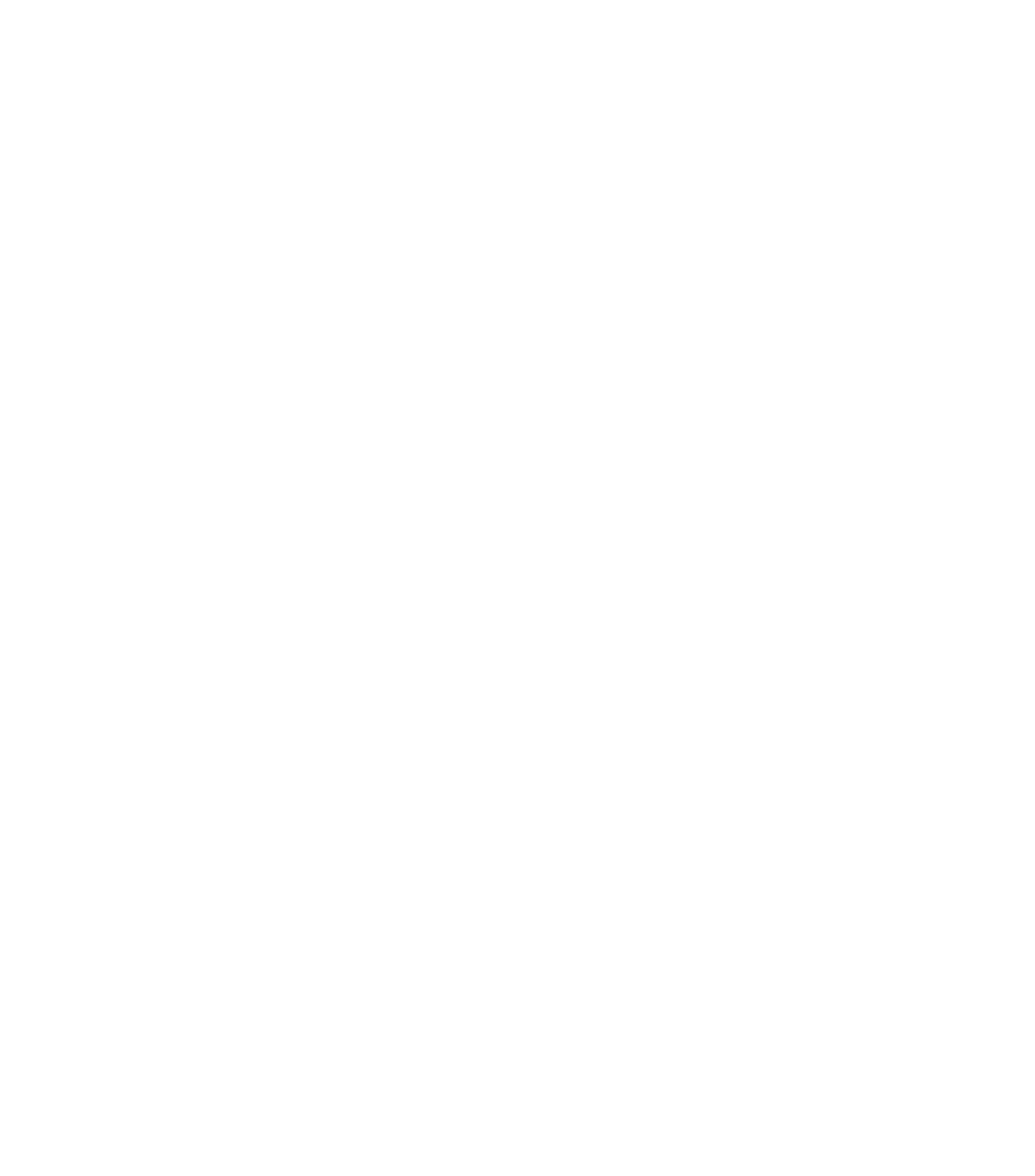High functioning depression and anxiety are two mental health conditions that can significantly impact daily life. Understanding their connection is essential for both professionals and individuals who may be experiencing symptoms. In this article, we will explore the relationship between these conditions, discuss the challenges in diagnosis, and provide information on treatment options and strategies for managing both disorders.
Understanding High Functioning Depression
Defining High Functioning Depression
High functioning depression, also known as dysthymia or persistent depressive disorder, is a chronic form of depression characterized by long-lasting, low-grade symptoms. While those with this condition may still be able to function in their daily lives, they often experience persistent sadness or low mood.Symptoms and Characteristics
Some common symptoms include:- Persistent sad or low mood
- Lack of motivation or interest in activities
- Low self-esteem and feelings of worthlessness
- Fatigue and low energy levels
- Difficulty concentrating and making decisions
- Irritability and frustration
- Changes in appetite or weight
- Sleep disturbances
Differentiating from Other Forms of Depression
High functioning depression differs from major depressive disorder in that its symptoms are generally milder and longer-lasting. Those with this condition may still be able to function in their daily lives, whereas individuals with major depressive disorder often experience severe impairment.Prevalence and Impact on Daily Life
Approximately 3-6% of the population is affected by this condition. It can have a significant impact on personal and professional life, causing difficulties in relationships, career progression, and overall quality of life.Understanding Anxiety
Defining Anxiety
Anxiety is a natural response to stress, characterized by feelings of worry, fear, or apprehension. While occasional anxiety is normal, chronic or excessive anxiety may indicate the presence of an anxiety disorder.Types of Anxiety Disorders
There are several types of anxiety disorders, including:- Generalized Anxiety Disorder (GAD)
- Panic Disorder
- Social Anxiety Disorder
- Specific Phobias
- Separation Anxiety Disorder
- Agoraphobia
- Selective Mutism
Symptoms and Characteristics
Common symptoms of anxiety disorders include:- Excessive worry or fear
- Restlessness or feeling on edge
- Irritability
- Difficulty concentrating
- Sleep disturbances
- Muscle tension
- Rapid heartbeat or shortness of breath
- Panic attacks
Prevalence and Impact on Daily Life
Anxiety disorders are among the most common mental health conditions, affecting approximately 18% of the population. Like high functioning depression, anxiety can significantly impact daily life, making it difficult to maintain relationships, perform at work, or engage in social activities.The Link Between High Functioning Depression and Anxiety
Overlapping Symptoms and Characteristics
There are several overlapping symptoms between these conditions, such as irritability, difficulty concentrating, and sleep disturbances. This can make it challenging for mental health professionals to differentiate between the two.Common Risk Factors and Triggers
Some common risk factors and triggers for both conditions include:- Genetic predisposition
- Environmental factors, such as trauma or chronic stress
- Personality traits, such as perfectionism or low self-esteem
How High Functioning Depression Can Exacerbate Anxiety Symptoms
This condition can exacerbate anxiety symptoms by causing individuals to experience persistent low mood and negative thought patterns. This can increase feelings of worry and fear, leading to heightened anxiety.How Anxiety Can Worsen High Functioning Depression
Conversely, anxiety can worsen high functioning depression by creating a cycle of negative thoughts and emotions. Chronic anxiety can cause individuals to feel overwhelmed and hopeless, which can further exacerbate depressive symptoms.Identifying High Functioning Depression and Anxiety in Individuals
Challenges in Diagnosing These Conditions
Diagnosing high functioning depression and anxiety can be challenging, as their symptoms often overlap, and individuals may not recognize the severity of their condition. Additionally, those with high functioning depression may still be able to function in their daily lives, which can make it difficult for them to seek help.Importance of Self-Awareness and Recognizing Symptoms
It is essential for individuals to be self-aware and recognize the symptoms of high functioning depression and anxiety. Early intervention and treatment can significantly improve the prognosis and quality of life for those struggling with these conditions.Seeking Professional Help for Proper Diagnosis
If you suspect that you or someone you know may be experiencing high functioning depression and anxiety, it is crucial to seek help from a mental health professional. They can provide a proper diagnosis and recommend appropriate treatment options.Treatment Options and Strategies
Psychotherapy
Psychotherapy can be an effective treatment for both high functioning depression and anxiety. Some common forms of psychotherapy include:- Cognitive-behavioral therapy (CBT)
- Dialectical behavior therapy (DBT)
- Acceptance and commitment therapy (ACT)
Medication
Medication can also be beneficial in managing the symptoms of these conditions. Some common medications prescribed include:- Antidepressants, such as selective serotonin reuptake inhibitors (SSRIs) or serotonin-norepinephrine reuptake inhibitors (SNRIs)
- Anti-anxiety medications, such as benzodiazepines or beta-blockers
Lifestyle Changes and Self-Help Techniques
In addition to psychotherapy and medication, making certain lifestyle changes and practicing self-help techniques can help manage the symptoms of high functioning depression and anxiety. These include:- Stress management, such as practicing mindfulness or deep breathing exercises
- Exercise and physical activity, which can help improve mood and reduce anxiety
- Nutrition and diet, including eating a balanced diet and staying hydrated
- Sleep hygiene, which involves creating a consistent sleep schedule and promoting a healthy sleep environment
- Social support, including connecting with friends, family, or support groups to share experiences and feelings

